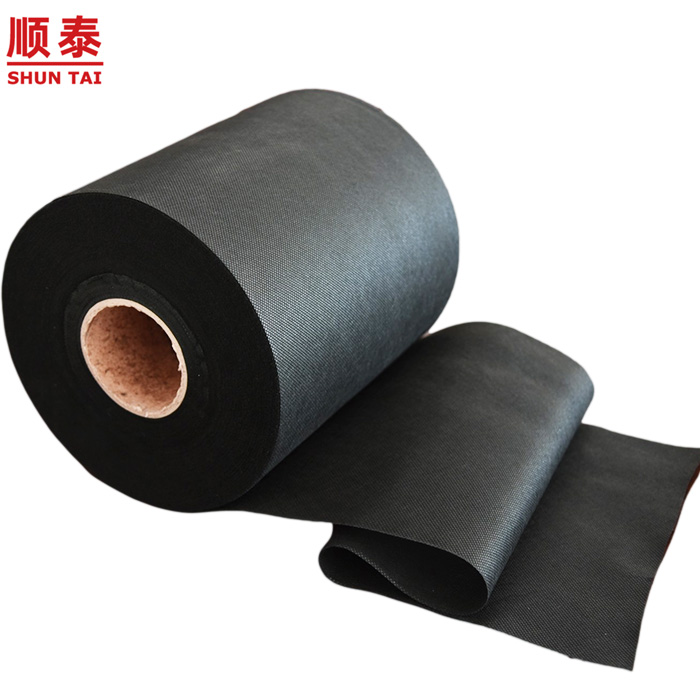Non-Woven Fabric The Characteristics Of The Fabric And Its Uses In Agriculture
In the beginning of the petrochemical industry, non-woven fabrics were produced. During this time, non-woven fabrics were only employed to increase their bulk and softness in the production of packaging, coverings, and filling. Non-woven fabrics have widened their applications to other fields such as commerce and civil engineering, agricultural and environmental engineering. The existence of non-woven fabrics is apparent everywhere, with a particular emphasis on the early days of its use in the field of agriculture. Non-woven fabrics consist of fabric-like materials that are made up of short and longer fibers. They are linked by chemical or heat treatment. They generally are not as durable, but more resilient than woven materials. Non-woven fabrics are utilized in a variety of industries. There are many non-woven materials. Non-woven fabrics are less expensive than woven material and the markets for them are growing, evolving, maturing, and growing. Look at this agriculture non woven fabric manufacturer for advice.
Non-Woven Industry DevelopmentNon-woven fabric is a product that came out of the petrochemical industry following the invention of plastic cloth (film). It is much lighter and ventilated than plastic cloth. It is often used in medical and sanitary items like facial towels, filtering, sanitary napkins etc. Later, it was developed and applied to engineering. Non-woven fabric is used to protect plants from the effects of cold. While non-woven fabrics use a different production process as compared to plastic films, the raw materials are identical. This includes PE (polyvinylchloride), EVA(Ethylene Vinyl Acetate Copolymer) EVA/polyethylene, as well as PVA/polyvinylether. The standard plastic film is produced by melting the plastic and then inflating it. The film is continuous and it can stretch indefinitely. The film has no pores. The film is impermeable and blocks any movement or exchange of molecules. The textile industry grew rapidly and artificial chemical fibers made from the mentioned materials became the most well-known. But, these fibers are still able to form cloth by traditional warp or weft weaving. Non-woven materials are created by interspersing fibers on the same plane, at different angles, in all directions instead of traditional warp/weft methods. It has better properties for the material and is more easy to manufacture than traditional weaved materials. This reduces the traditional drawing process and results in lower costs for production. In the last few years, nonwoven materials have been used extensively in the clothing industry. Because of the advancements in the field of materials science, as well as the advancement of and implementation of production technology nonwoven materials have become more varied and are being used more widely. Everyday we encounter diverse products and materials. Non-woven fabrics are becoming more popular in agriculture due to their easy production, lightness, versatility with low costs, and many applications. Check out this non woven landscape fabric for recommendations.

Applications of Non-Woven Fabrics in Agricultural IndustriesNon-woven textiles were first applied to agriculture in Europe in 1978, to keep the warm carrots for early harvesting, and to prevent tomato leaf viruses and whiteflies. Non-woven fabrics are used for mulching tomatoes, sweet peppers, and sweet potatoes, as well as carrots, root vegetablesand and carrots. They also assist in the development of other vegetables such as lettuce, cabbage and radishes. They are used to preserve heat, for early harvesting, and insect control. Non-woven fabrics are able to increase the temperature of soil and also retain water and are utilized for grass-proof mats. Short fibers are also utilized in the production of water-absorbing blankets. These are applied on nursery beds to ensure that the roots can completely absorb water. They can also be used as the ground medium in turf production. They are also a great option to plant large trees like fruit trees and garden trees. Non-woven fabrics are widely employed in Taiwan as crop covering. They are also widely used in the environmental control of large greenhouses to save energy. Canopy curtains and double-layered covers minimize radiation and heat at night. TAVIK fabrics are non-woven, spun-bonded non-woven TAVIK fabric with high densities were first utilized for shading and protecting cauliflower bulbs. Its low thermal conductivityas well as excellent shading capacity and simple recycling made it a popular choice for farmers. Then, it was applied to the heat preservation and pest-proofing of leaf vegetables as well as to the shade and heat preservation and cultivation of pineapples and fruit trees. Due to Taiwan's unique climate and ecology the development of the industry in non-woven is slow. Taiwan non-woven fabric makers continue to invent non-woven technology that focuses on air permeabilityand water absorption and water repellency in non-woven fabrics. The focus is now on preservation and storage for agricultural products. Look at this agriculture non woven fabric suppliers for more info.
